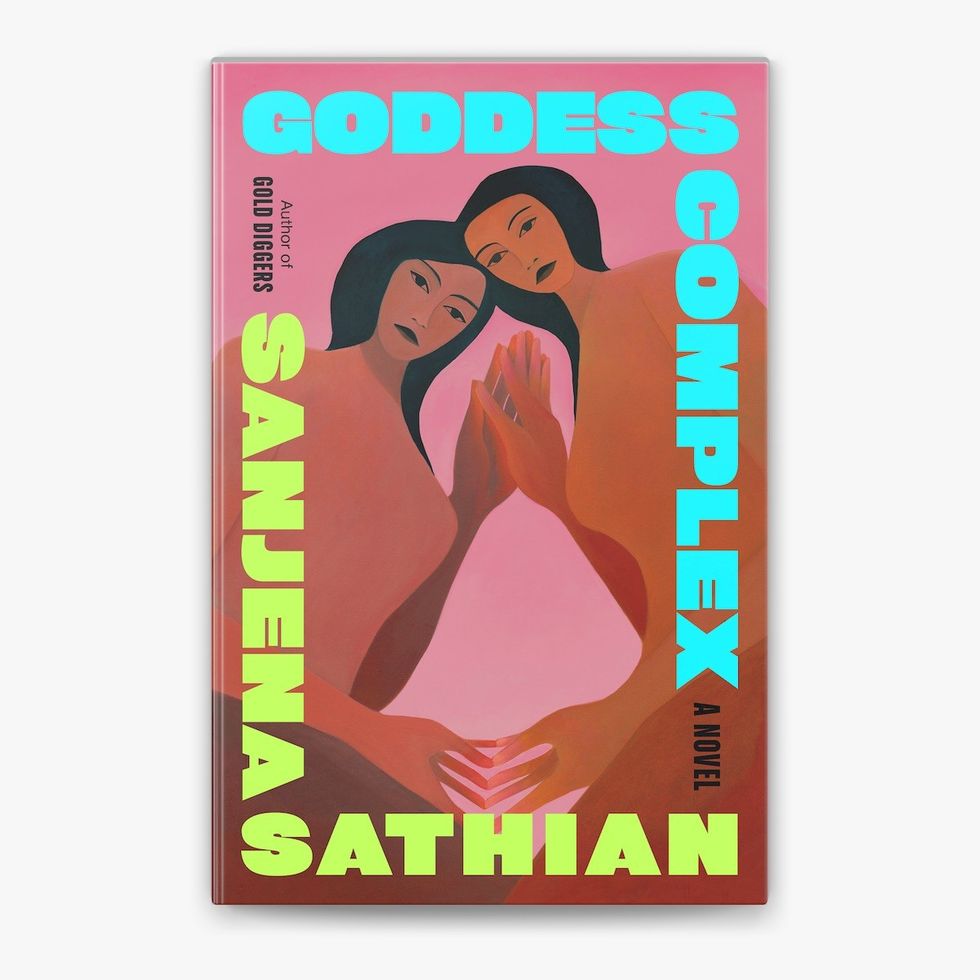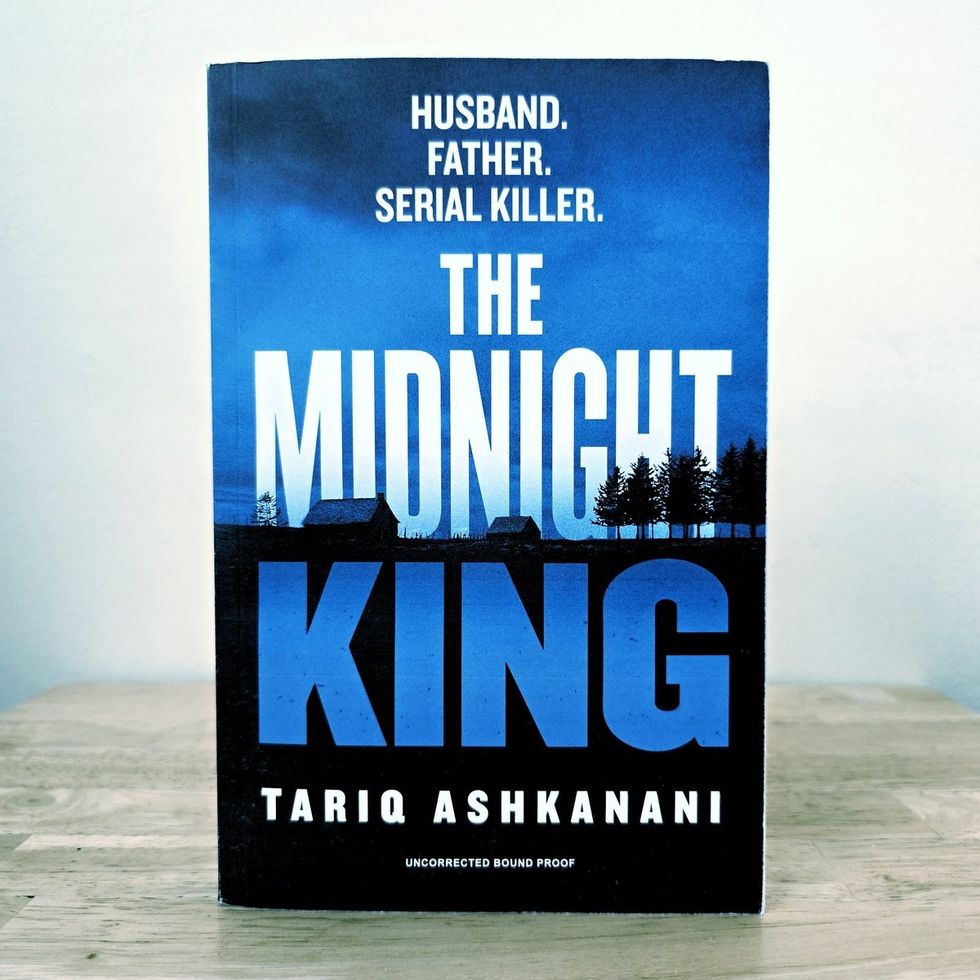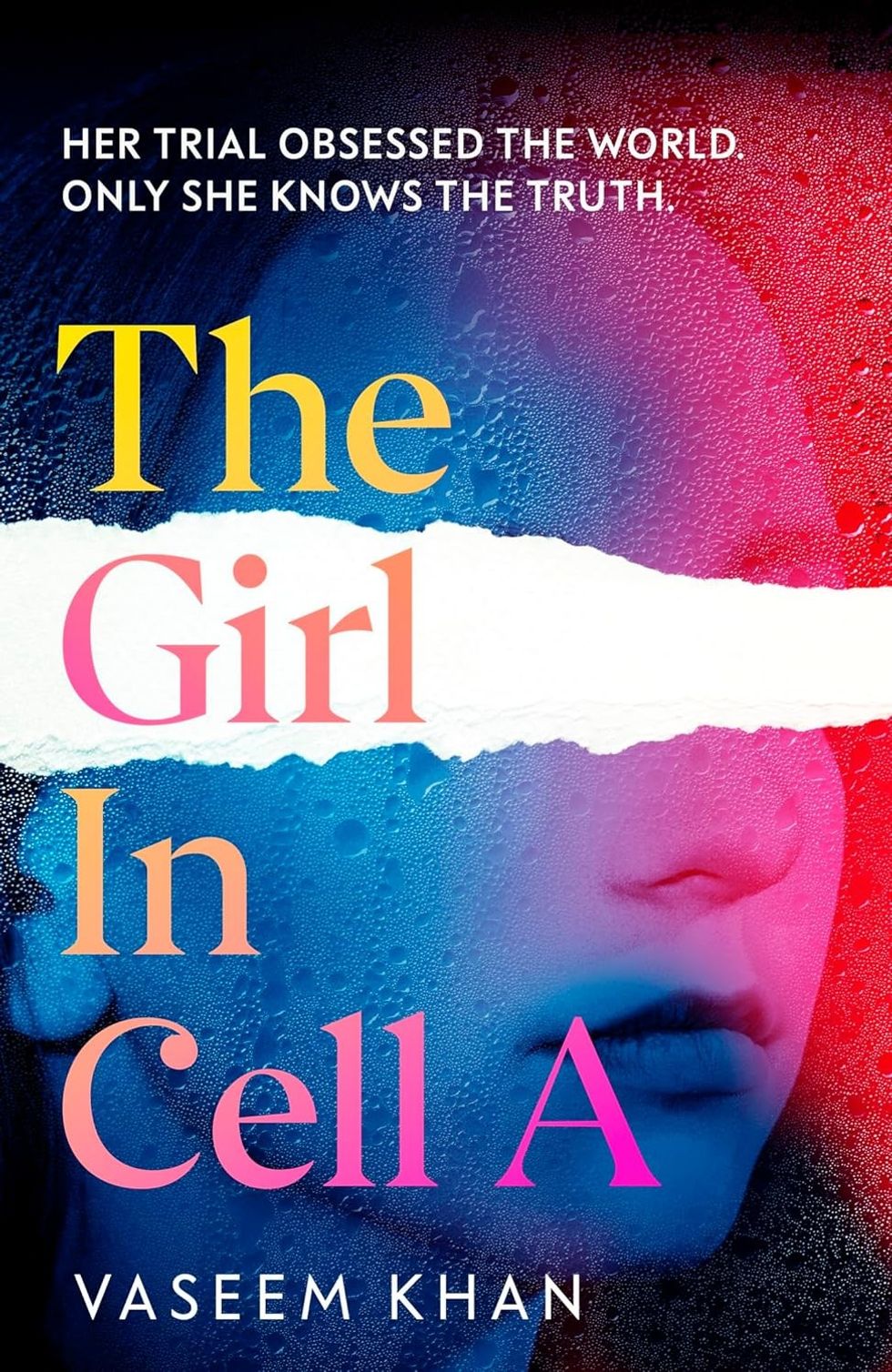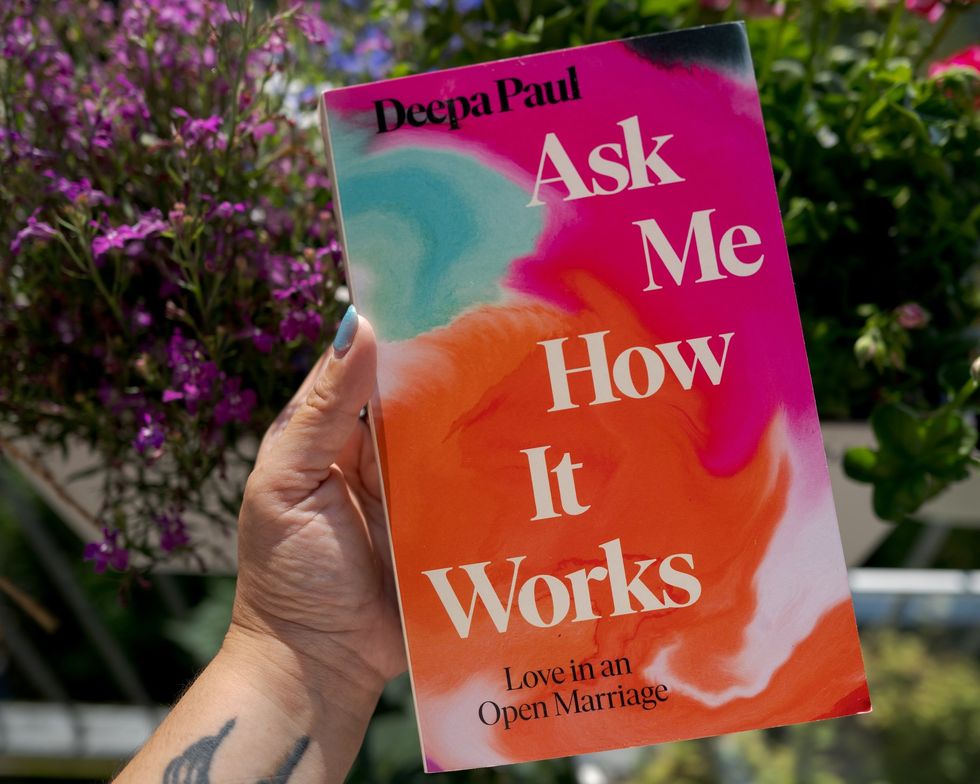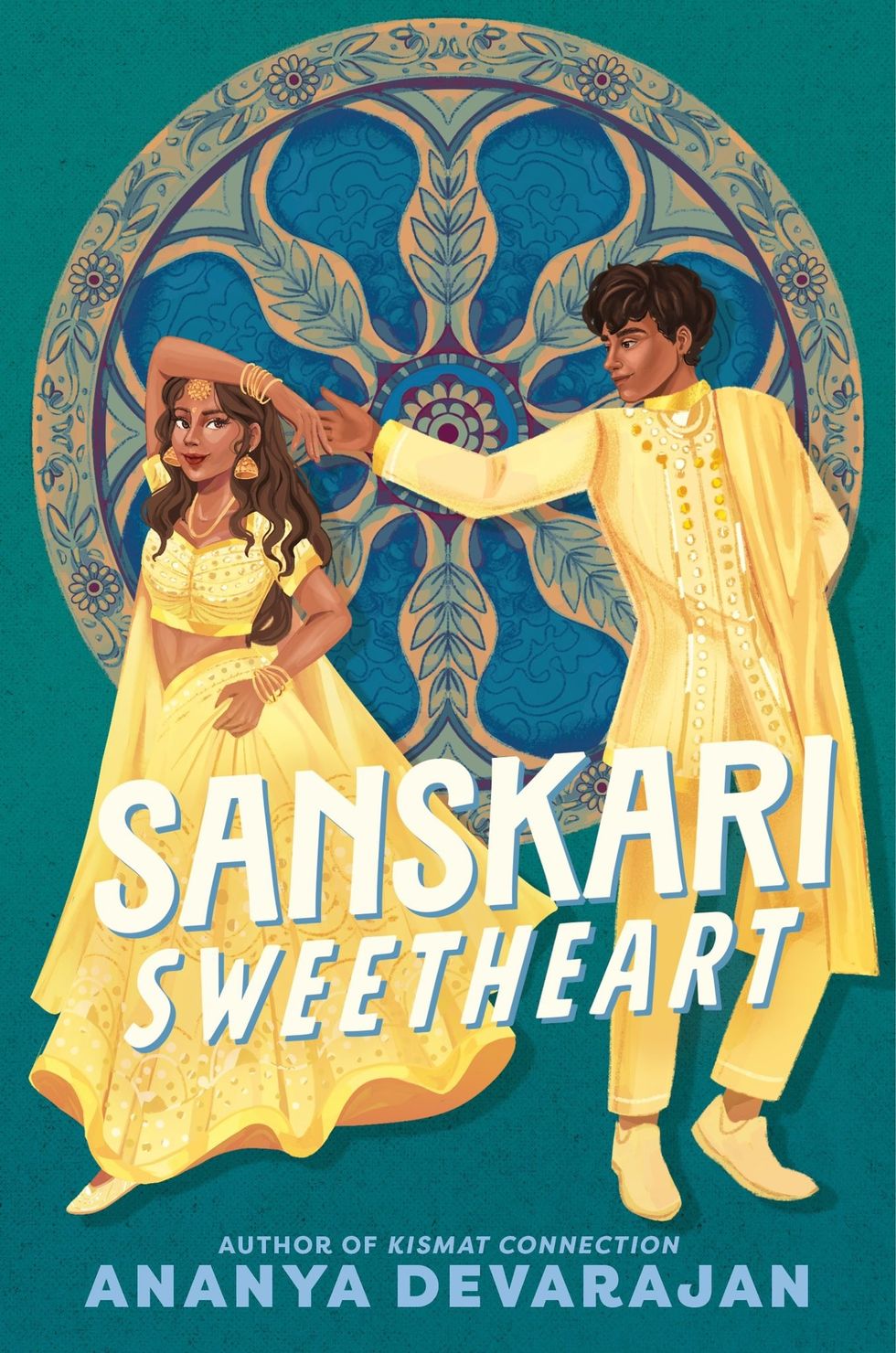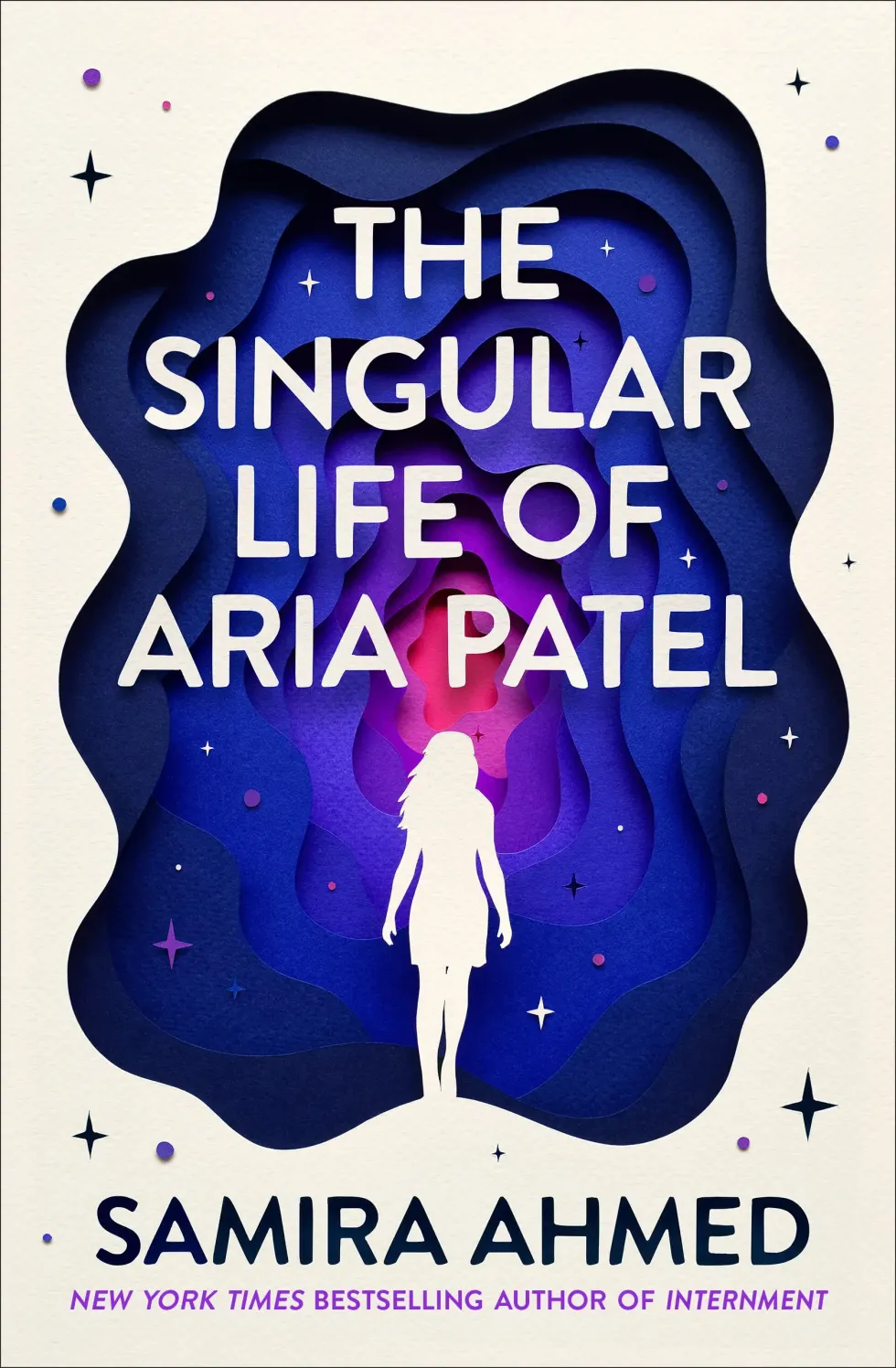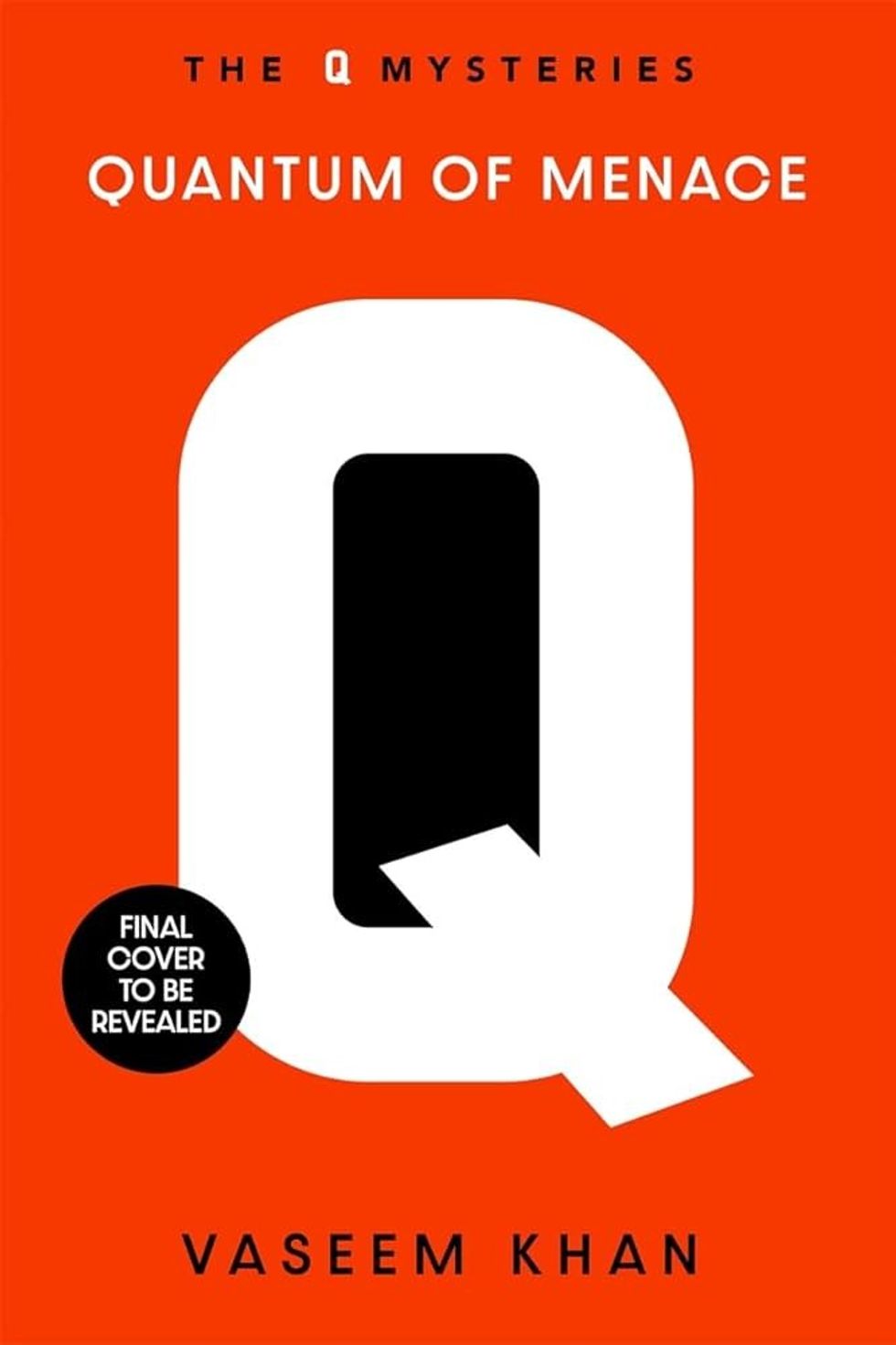ACE FASHION DESIGNER MASABA GUPTA MOVES INTO ACTING WITH A NEW SERIAL BASED ON HER LIFE
by ASJAD NAZIR
LEADING fashion designer and successful business entrepreneur Masaba Gupta had always wanted to be in front of the camera and that is why she had no hesitation in taking up an acting role when it was offered to her.
She plays the lead in new Netflix serial Masaba Masaba and stars opposite her acclaimed actress mother Neena Gupta in a story based on their own life. She perfectly portrays a comedic character in the massively entertaining six-part comedy-drama, which has cameos from celebrities playing imagined versions of themselves and has moments based on real life events.
The modern way of storytelling that connects with the social media generation has rightfully received high praise and showed that Masaba is a great new acting talent. This adds to her already impressive resume that includes a thriving global fashion empire.
Eastern Eye caught up with Masaba to discuss her new show, dynamite acting debut, fashion, future plans and why she didn’t take acting advice from her marvellous mother.
You have done a disclaimer Masaba Masaba is a work of fiction, but it seems pretty real. How much of it is based on your own life?
I would say 70 per cent is fiction and 30 per cent is reality. The show opens with a pretty real life incident that happened, but what we have done is we have made sure most things are slightly altered just because of people involved. We wanted to make sure that we safeguarded people’s privacy and how they feel about it.The biggest surprise for me was just how much of a good actress you are; where have you been hiding it?
In India you have strong stereotypes of who gets to act and who doesn’t. I think I have been hiding it behind fashion and designing for the past 11 years. I didn’t think I would ever get this opportunity. I think the world is changing – the OTT platform has helped people like me get a chance to come in front of the camera, act and actually be more real and relatable. So, I think the time is right and the content is also right.A lot of actors tell me they find comedy really hard, but you are a natural. Even though it is based on your life, how did you find the performance process in Masaba Masaba?
I had a strange sort of out-of-body experience because I don’t remember reliving any of those moments. Some moments we have shown in the show were pretty dark and emotionally draining. I thought when I go back on set I will feel like that again, but this was surreal because I felt like I was playing the role of this girl I know very closely. She is familiar, and things that have happened to her are very familiar, and that is about it, you know. I just took it on as a job. I remember the first day I went on set and even my mum was amazed, and said, ‘you are detached from it and a part of the process’. That was amazing to me.Did you feel intimidated while acting opposite your mother Neena Gupta because she is just so good?
I knew, for lack of a better word, I couldn’t f*ck up. (laughs) That is all I knew for sure! To not ham your way through any scene she is in with you. I was scared on day one because my first scene was with her. It was a scene without dialogue and I just had to emote. She didn’t like the way I was doing it, but we both agreed I wouldn’t take any advice from her on the process. I would not do my lines beforehand with her and stress out about it. I will just go there and be myself.Why is that?
She said to me, ‘the minute I start giving you advice it will be from the space of a mother, not an actor, and that is gonna be really bad for you’. So it was great and I was very happy after the first day, which was tough.There are many hilarious moments in the series. What is your favourite one?
I think definitely the episode where we did the fashion show on a boat. That was special because we actually did a show on a boat once and it went as badly. I remember even shooting for it was torture because we were on this boat somewhere in Mumbai, which was filthy and smelling. We had to shoot all night and were in the middle of the water, so everyone was feeling queezy. (Laughs) I just felt like it was inception, where you are playing something that has happened to you and are reliving it in the process. That was quite something and a special moment.The other part of the show that is wonderfully unique is you turning into the child version of yourself in some scenes. What was the thought process behind that?
This was something that I told the team I really wanted to do, but my idea was slightly different in the beginning, where I wanted to cut into videos from my actual childhood. Then we thought why not cast someone like me. We thought it might be tough to find someone like me, a mixed child in India, who can act. I think of myself as someone who reacts to a lot of things that have happened in my life as a child. I have a very strong childlike quality and think of myself as a 10-year-old sometimes.It works really well…
So we thought it would be good to have this fully-grown woman dealing with these adult situations, just dealing with it as a child. I think all of us feel like a baby when we are in our mum’s house. So I thought it would be easy to see from a child’s perspective and just build a story, from a young Masaba.What is the main quality you have inherited from your mother?
I think it’s the brutal honesty! (Laughs) I think we are too brutal for everyone, so we only talk to each other now. We have this vulnerable and brutal quality.What have you enjoyed about Masaba Masaba as an audience?
I am too close to judge it and don’t think I saw it as an audience. I picked up all the flaws and mess that happened on days of the shoot, but I think what I enjoyed is that I wasn’t embarrassed. It is so easy to look at yourself on-screen and be embarrassed. I wasn’t embarrassed! I was able to still laugh at some of the moments I enacted, which I felt was great.How much has the positive response meant to you? It means a lot! I was saying to someone earlier today; the fact this series was ever conceptualised and released on a platform like Netflix is in itself a big deal because girls who look like me in this part of the world don’t get to play the lead role in anything. So just that in itself for me is a victory and a positive sign.
Tell us more…
I feel in India, we have been given a certain kind of content and been fed a certain kind of heroine and hero. We have just bought that our whole life and now we have something slightly different, even if it’s on a smaller platform or scale. Just the idea that people like it is a great thing. People probably didn’t even know they wanted this before it came out. For me, that is the true victory of this show.What is happening on the fashion front?
I just launched a new collection, which is live online. We are also about to release our extended range of nail paints and mini perfumes. That is what is planned for now. Just that the pandemic has kept us a little slow on what we are doing because we wanted to be a bit conservative. There are lots of new collections that we are planning.You have conquered fashion, business and now acting. Do you have any other frontiers you want to cross?
(Laughs) I don’t know, maybe, I will cut a music album next. I think for now I want to explore both of these a bit more. Fashion has always been my first baby, so I feel very strongly about it. I want to do a lot more in fashion and do some more acting for sure.Finally, will there be a season 2 of Masaba Masaba?
Oh god, please ask Netflix this question. You are asking the wrong person, but I really hope as hard as you that there is a season two.Instagram: @masabagupta





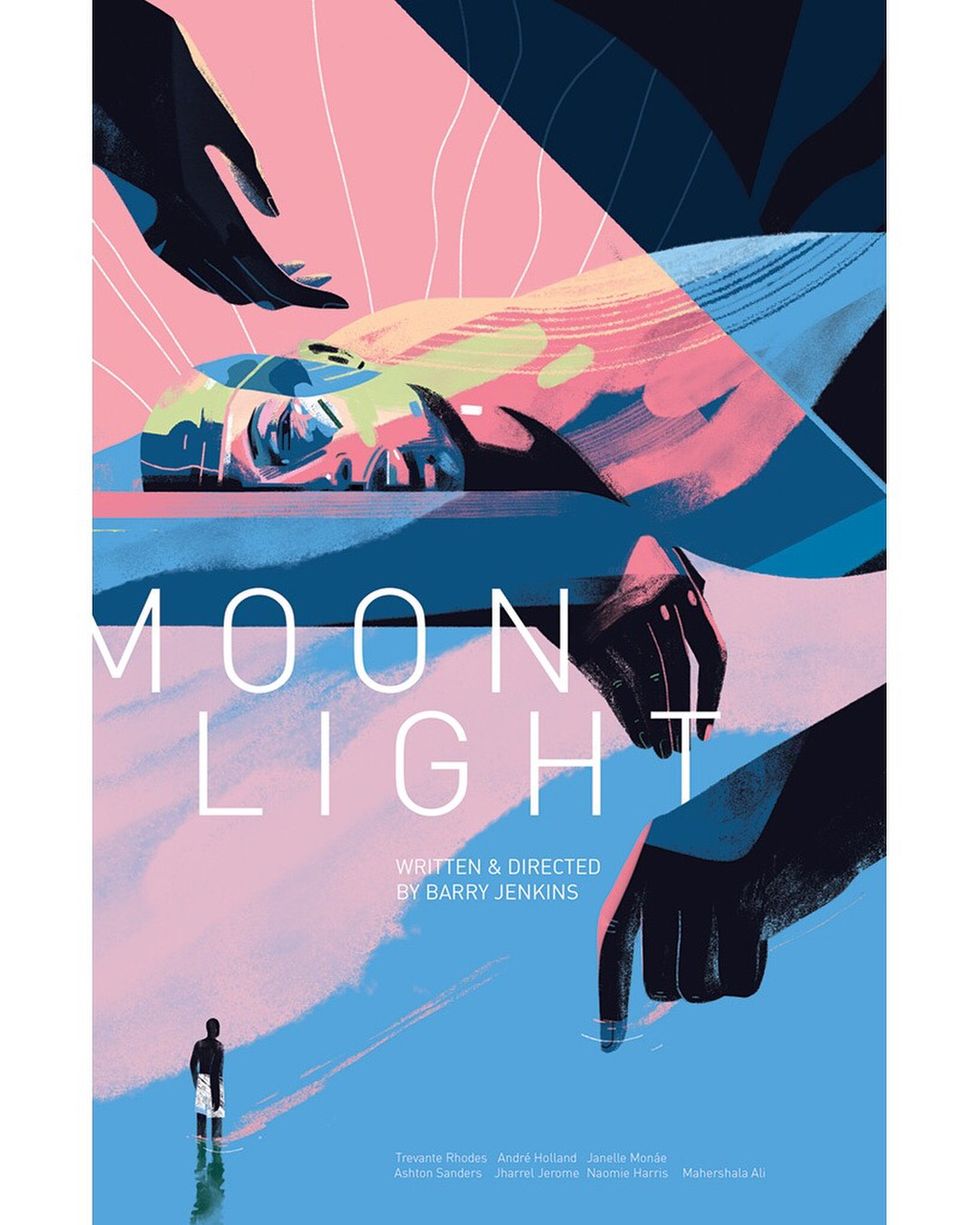 A timeless story of identity, love, and self-discovery – Moonlight shines beyond the screenInstagram/moonlightmov
A timeless story of identity, love, and self-discovery – Moonlight shines beyond the screenInstagram/moonlightmov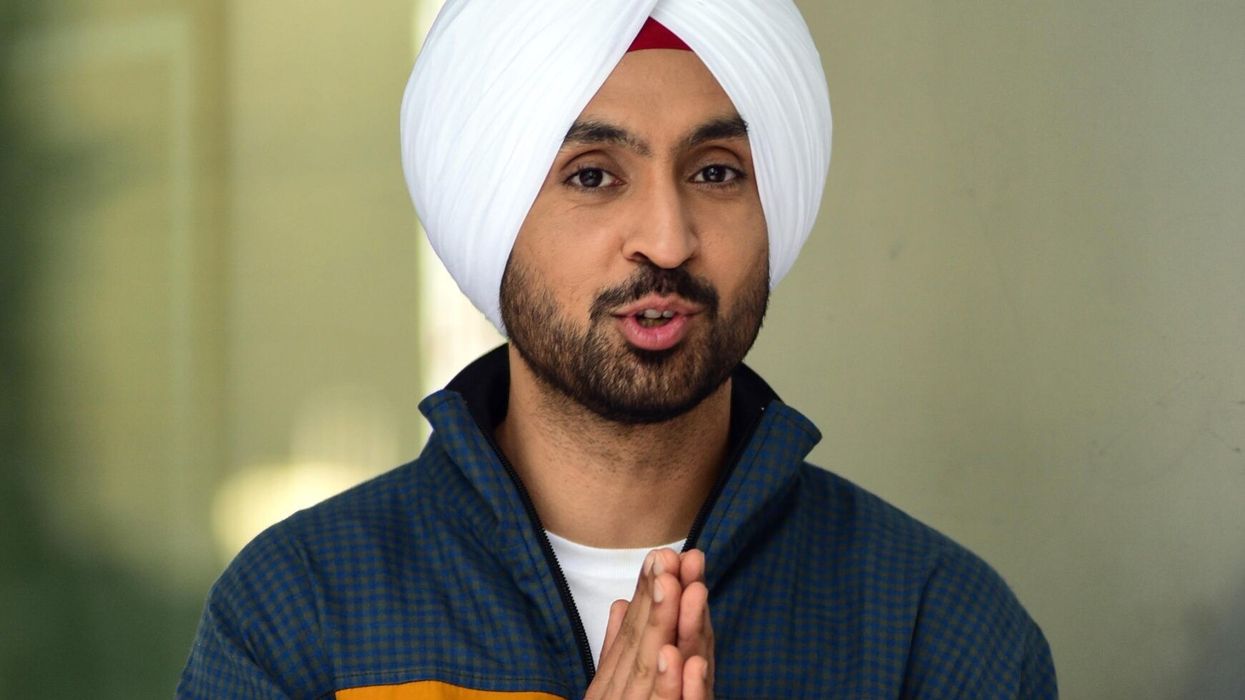











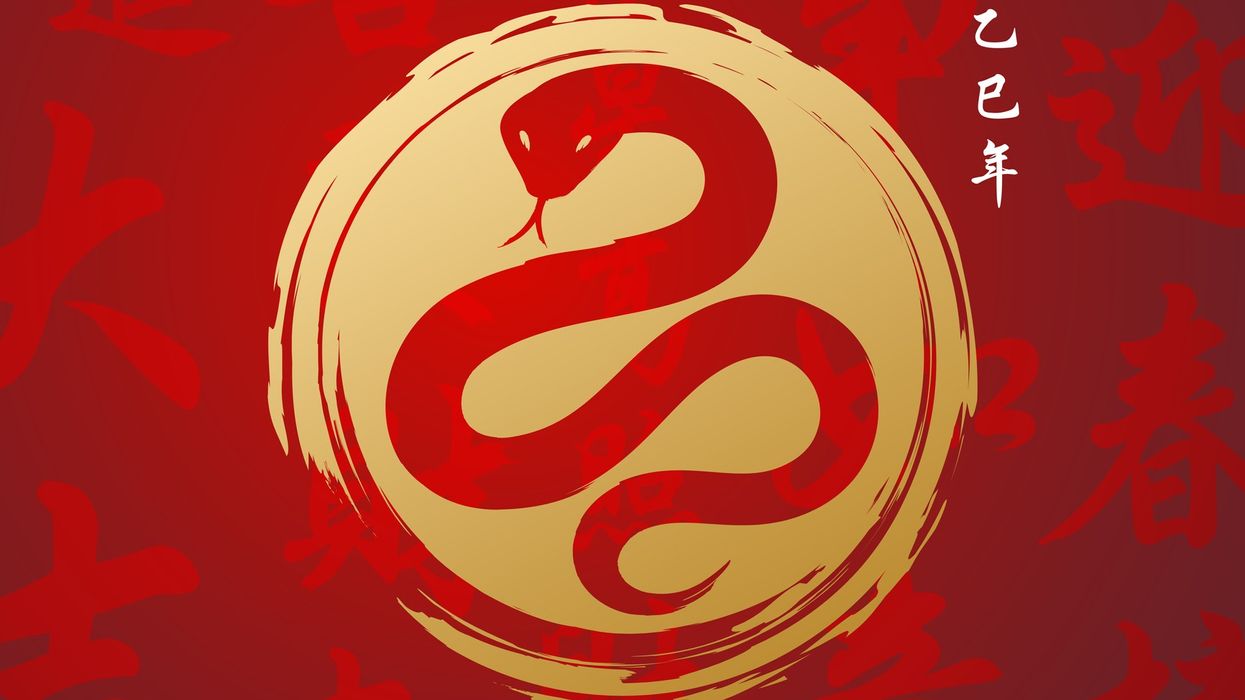

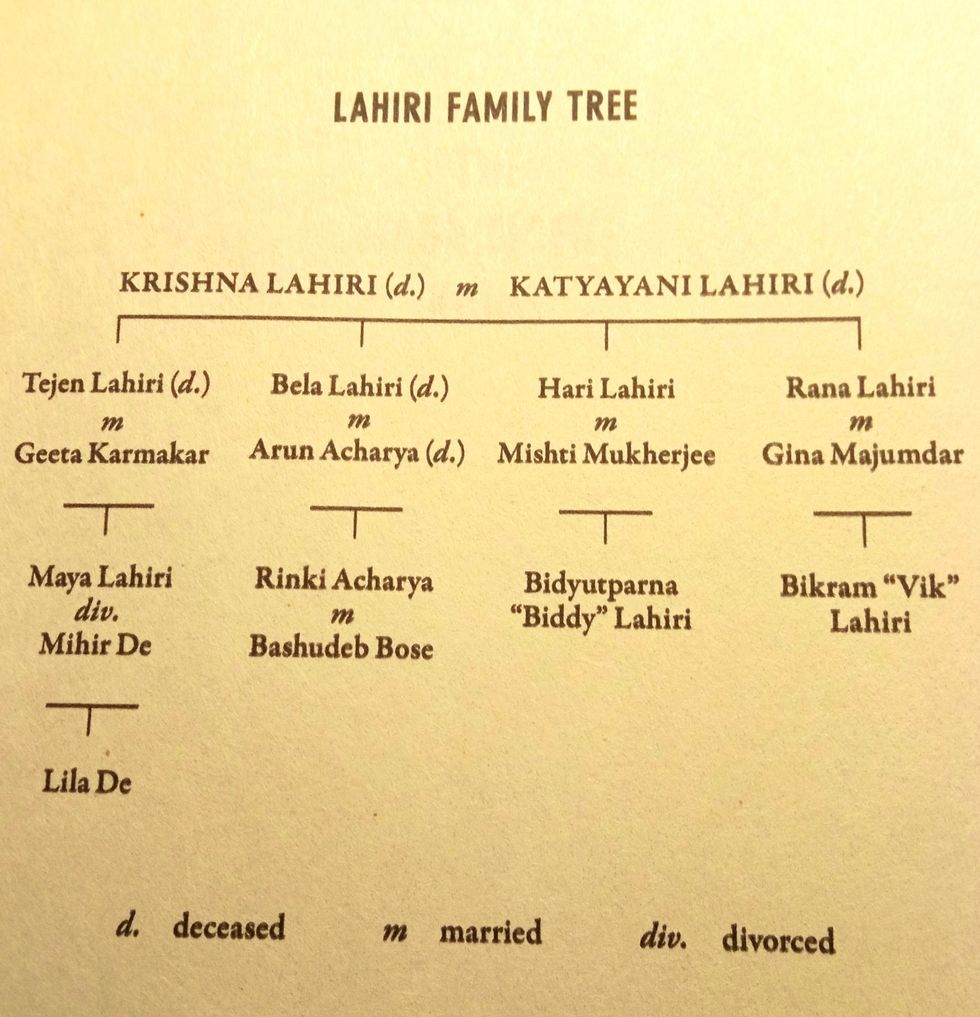 The family tree from the novel’s opening
The family tree from the novel’s opening
